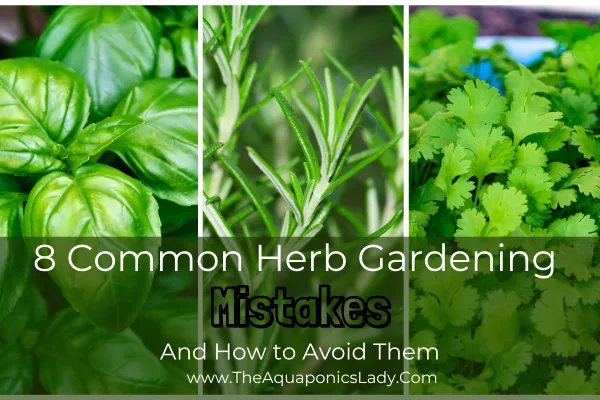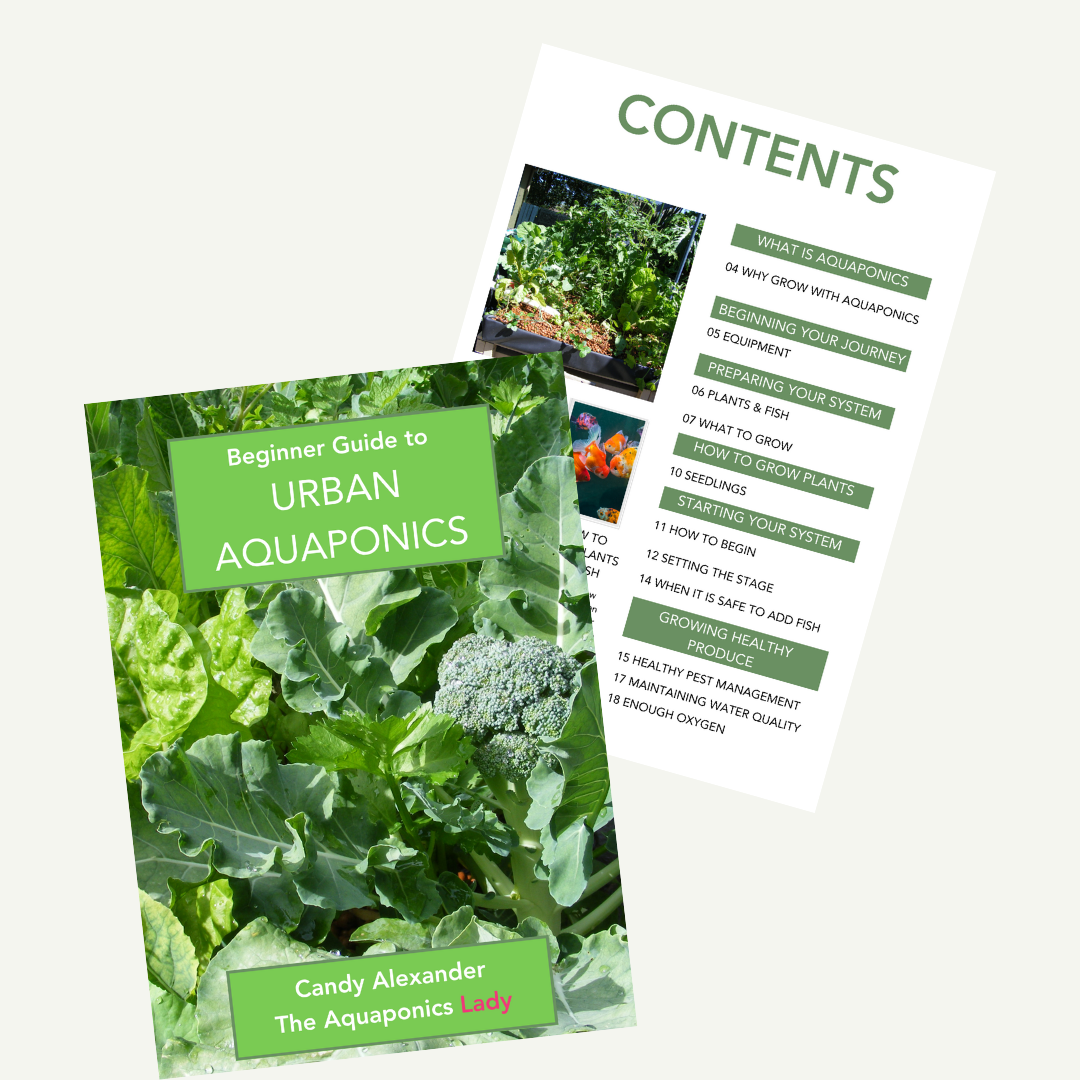
8 Common Herb Gardening Mistakes (And How to Avoid Them!)
8 Common Herb Gardening Mistakes (And How to Avoid Them!)
Growing your own herbs is a rewarding and cost-effective way to add fresh flavour to your meals. However, many beginners make simple mistakes that can lead to weak, flavourless, or even dying plants.
If you want a thriving herb garden, avoiding these common pitfalls is key!
Here are 8 common herb gardening mistakes new gardeners make—and what to do instead.
1. Choosing the Wrong Herbs
Not all herbs are beginner-friendly. Some require more maintenance, specific soil conditions, or precise watering routines. If you're just starting out, opt for easy-to-grow herbs like:
✔️ Basil – Grows quickly and thrives in warm weather.
✔️ Oregano – Low-maintenance and drought-tolerant.
✔️ Chives – Hardy and grows well in most conditions.
✔️ Mint – Almost impossible to kill (but keep it in a pot to prevent spreading!).
Avoid high-maintenance herbs like lavender, rosemary, or cilantro unless you’re ready for extra care.
Pro Tip: Start with a few hardy herbs, then expand as you gain experience.
2. Treating Herbs Like Houseplants
Many new gardeners think herbs can be treated like houseplants, but most herbs prefer outdoor conditions with full sun and good airflow.
Mistakes to avoid:
❌ Keeping herbs in dimly lit spaces
❌ Overwatering as you would with tropical houseplants
❌ Using the wrong soil (potting soil can retain too much moisture)
Instead, place your herbs in a sunny spot (at least 6-8 hours of sunlight daily) and use well-draining soil to prevent root rot.
3. Forgetting to Prune Regularly
Pruning isn’t just for shaping plants—it encourages new growth and prevents herbs from becoming leggy or bitter.
Common pruning mistakes:
❌ Letting herbs grow too tall without trimming
❌ Not harvesting often enough
❌ Only picking the largest leaves
🌱 Fix it: Regularly pinch off the tops of your herbs, especially basil, mint, and oregano, to encourage bushy growth. Always trim just above a set of leaves.
4. Skipping Research on Herb Needs
Each herb has unique needs when it comes to sunlight, watering, and soil conditions. Planting without research can lead to stunted growth or even plant death.
✔️ Dill loves full sun and dry soil.
✔️ Cilantro/ coriander bolts (goes to seed) in hot weather.
✔️ Rosemary thrives in sandy, well-drained soil.
Solution: Before planting, read up on your chosen herbs' needs to give them the best start.
5. Using Nutrient-Depleted Soil
Poor soil quality leads to weak plants with little flavour. Many gardeners use old, depleted soil that lacks essential nutrients.
✔️ Fix it:
Use fresh, organic soil with compost added.
Ensure proper drainage—herbs hate soggy soil!
Top-dress with compost every few months to keep nutrients replenished.
The best this about aquaponics is that the 'soil' is never depleted, so you never have to replace it

Get your free copy of the Urban Aquaponics eBook that helps you identify if aquaponics is for you, and some basic information to help you get started on your journey
Get inspired to start your journey, today.
Get your Free copy HERE
6. Letting Herbs Go to Flower Too Soon
If your herbs start flowering, their flavour can drastically change (often becoming bitter).
🌿 Especially true for: Basil, cilantro, and mint.
✔️ How to prevent this:
Pinch off flower buds as soon as they appear.
Harvest regularly to keep the plant focused on leaf growth.
Provide shade during extreme heat to slow bolting.
Want to get your Eyes and Hands on the FREE Online Aquaponics Essentials Course?
This is a great free resource to really understand how aquaponics is a sustainable ecosystem that will grow your organic food is a productive way.
You learn how all the 'parts' make up the 'whole', and helps to give you the foundations of understanding aquaponics.
Sign up HERE
7. Planting Incompatible Herbs Together
While it might seem convenient to plant all herbs together, some don’t get along due to different watering, soil, or spacing needs.
Bad Herb Combinations:
❌ Fennel + Cilantro – Competes for nutrients.
❌ Dill + Lavender – Different pH and watering needs.
❌ Mint + Any Other Herb – Mint is invasive and will take over.
✔️ Good Herb Pairings:
Basil + Oregano + Thyme (Mediterranean herbs)
Chives + Parsley + Cilantro (moisture-loving herbs)
Rosemary + Lavender + Sage (drought-tolerant herbs)
8. Harvesting Only the Mature Leaves
Many new gardeners think bigger leaves are best for harvesting, but picking only the oldest leaves can stunt growth.
🌱 Fix it:
✔️ Always harvest from the top, taking a mix of young and mature leaves.
✔️ Regular harvesting stimulates more growth and keeps the plant healthy.
✔️ Young leaves are often more flavourful and tender than older ones!
Final Thoughts: Grow Herbs Like a Pro!
By avoiding these 8 common mistakes, you’ll set your herb garden up for success. Whether you're growing basil on your balcony or a full herb bed in your backyard, a little knowledge goes a long way in making sure your herbs thrive.
🌿 What’s your biggest herb gardening challenge? Drop a comment below—I’d love to help!
Learn More About Aquaponics
Check out the COURSES page to learn how you can get started with aquaponics now. Click HERE.
Check out My YouTube Channel 'Candy The Aquaponics Lady'
Aquaponics is an ecosystem, and with anything it takes time to learn how it works. So, sit back and binge watch my 'how to' playlist and the 'Water Quality Made Simple' Playlist, and learn the next steps in your aquaponics system as you create the ecosystem.
Here are the next 2 videos I recommend you watching to create your ecosystem ~ before you add any fish
How Aquaponics Works as an Ecosystem
Why Aquaponics is the best, and most sustainable form of gardening in small spaces
Learn More About Aquaponics
Check out the COURSES page to learn how you can get started with aquaponics now. Click HERE.
Want to get your Eyes and Hands on the FREE Online Aquaponics Essentials Course?
This is a great free resource to really understand how aquaponics is a sustainable ecosystem that will grow your organic food is a productive way.
You learn how all the 'parts' make up the 'whole', and helps to give you the foundations of understanding aquaponics.
Sign up HERE
Want to help out and Feed my Fish?? (They don't drink coffee)

Candy Alexander is a dedicated aquaponics enthusiast with a wealth of formal training in aquaculture. Over the past 15 years, Candy has been deeply immersed in both commercial and backyard aquaponics, honing her skills and expertise in this sustainable farming method.
Candy's passion lies in making aquaponics accessible to everyone. With a mission to simplify aquaponics, she believes that anyone can embark on this sustainable journey.
She encourages those new to aquaponics to "kick the tires" without a significant financial investment. Her guidance focuses on helping people start their aquaponics journey with small-scale systems, ensuring a low barrier to entry for newcomers.
Candy shares practical tips, step-by-step guides, and personal stories to inspire and guide readers on their aquaponics adventure. Whether you're a seasoned farmer or a curious beginner, Candy Alexander is your go-to source for simplifying aquaponics and fostering a sustainable gardening experience.